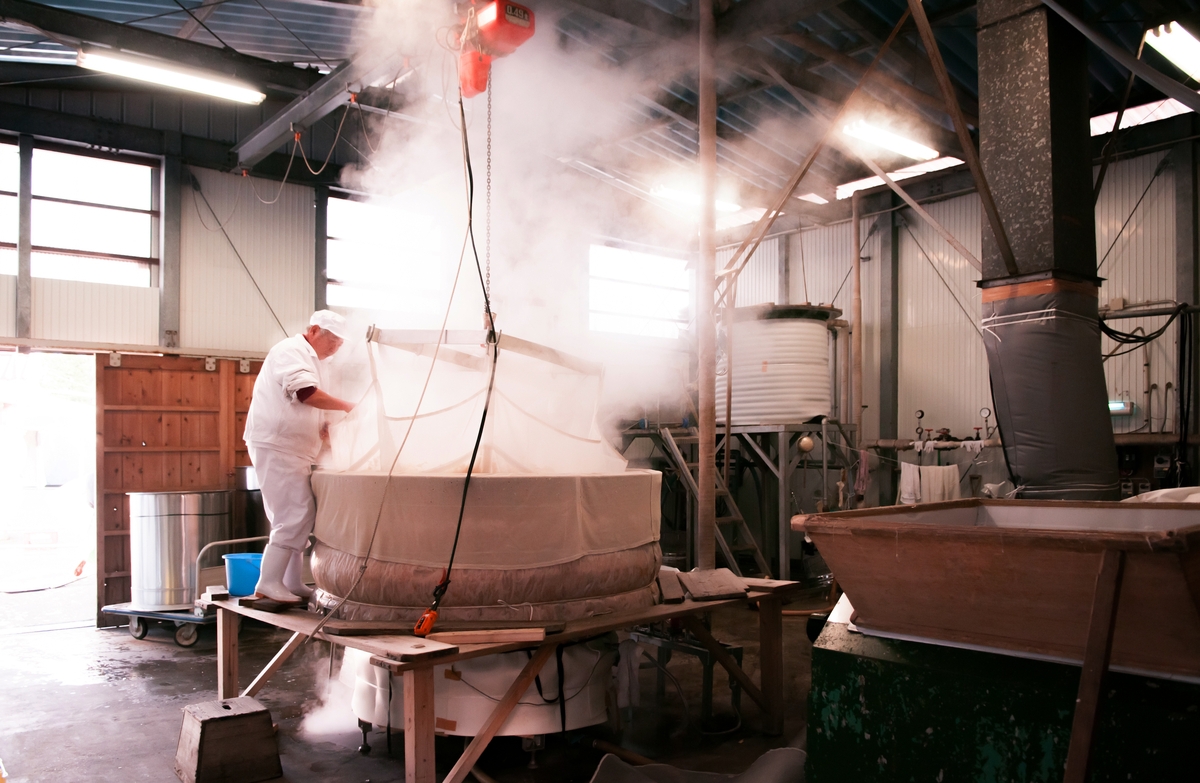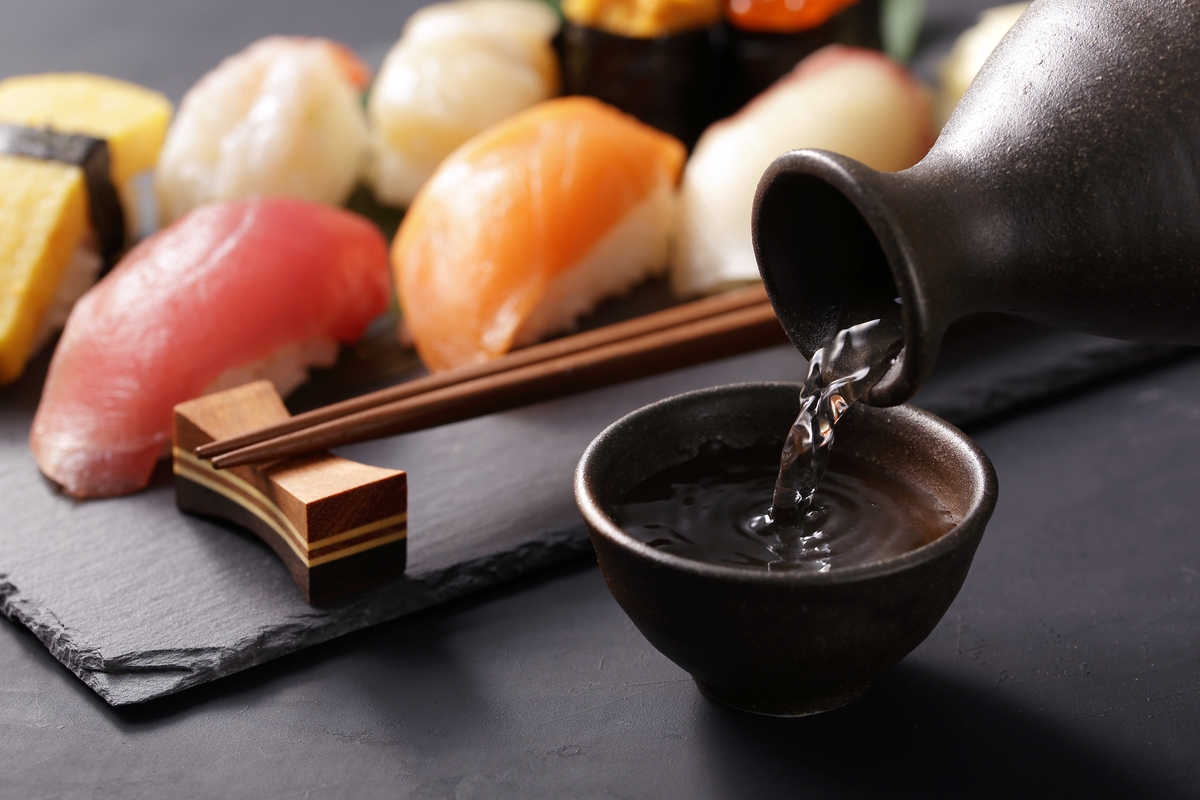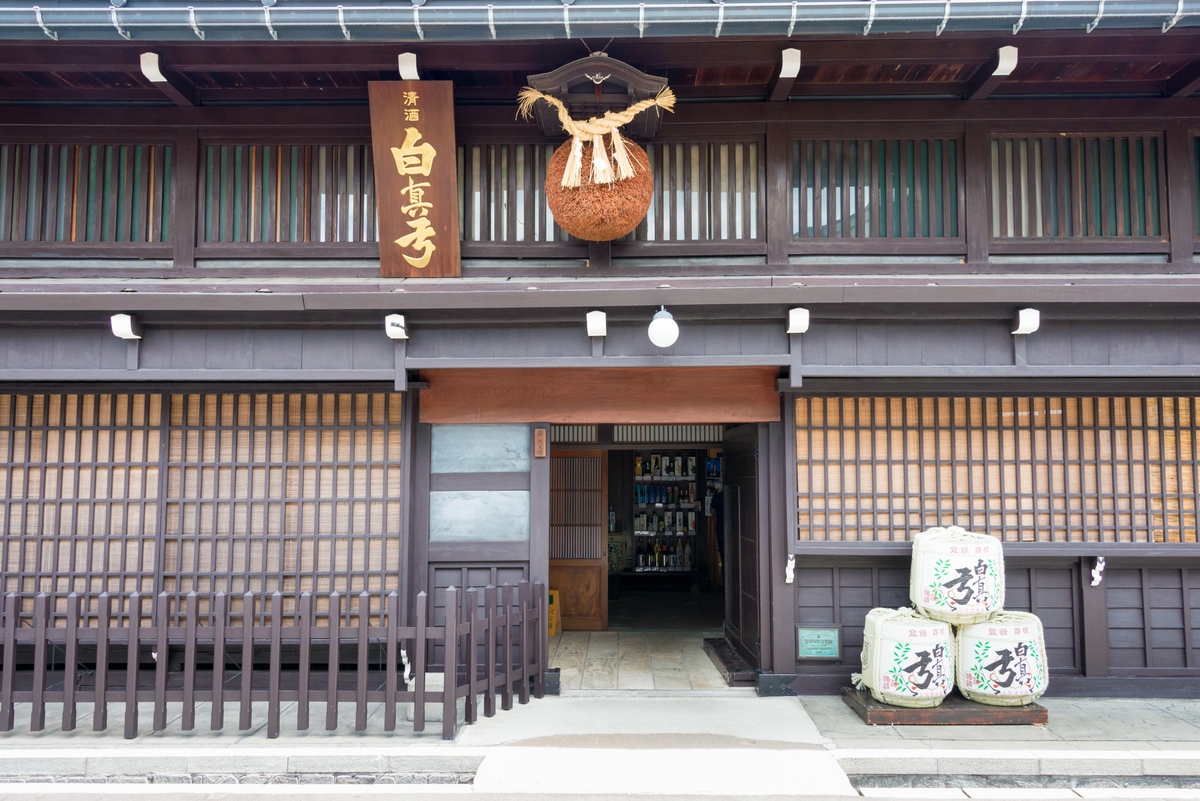TECH & CULTURE
The Intangible Cultural Heritage of Sake
March 17, 2025
The art of Japanese sake has existed in Japan since before written records, and the storied techniques that bring the clear, smooth liquor to life have survived countless ages, governments, and cultural shifts. Just last year, UNESCO designated the skills and knowledge of the craft as “intangible cultural heritage,” and for good reason. Sake has served a powerful role in religious and festive rites since its inception.

In the traditional way, rice grains are fermented in a kojimuro, or “room of mold.” It’s tastier than it sounds. The mold is a carefully curated mixture created by the brewery’s toji, or “master brewer.” As it spreads through the grains, it imparts the brewery’s unique flavor profile.

Since the Meiji Period, sake has been exported to represent Japan’s heritage all around the world. Though it was once meant as a gift to the gods, now it belongs to the tradespeople and brewers that have kept the traditions alive so long.


